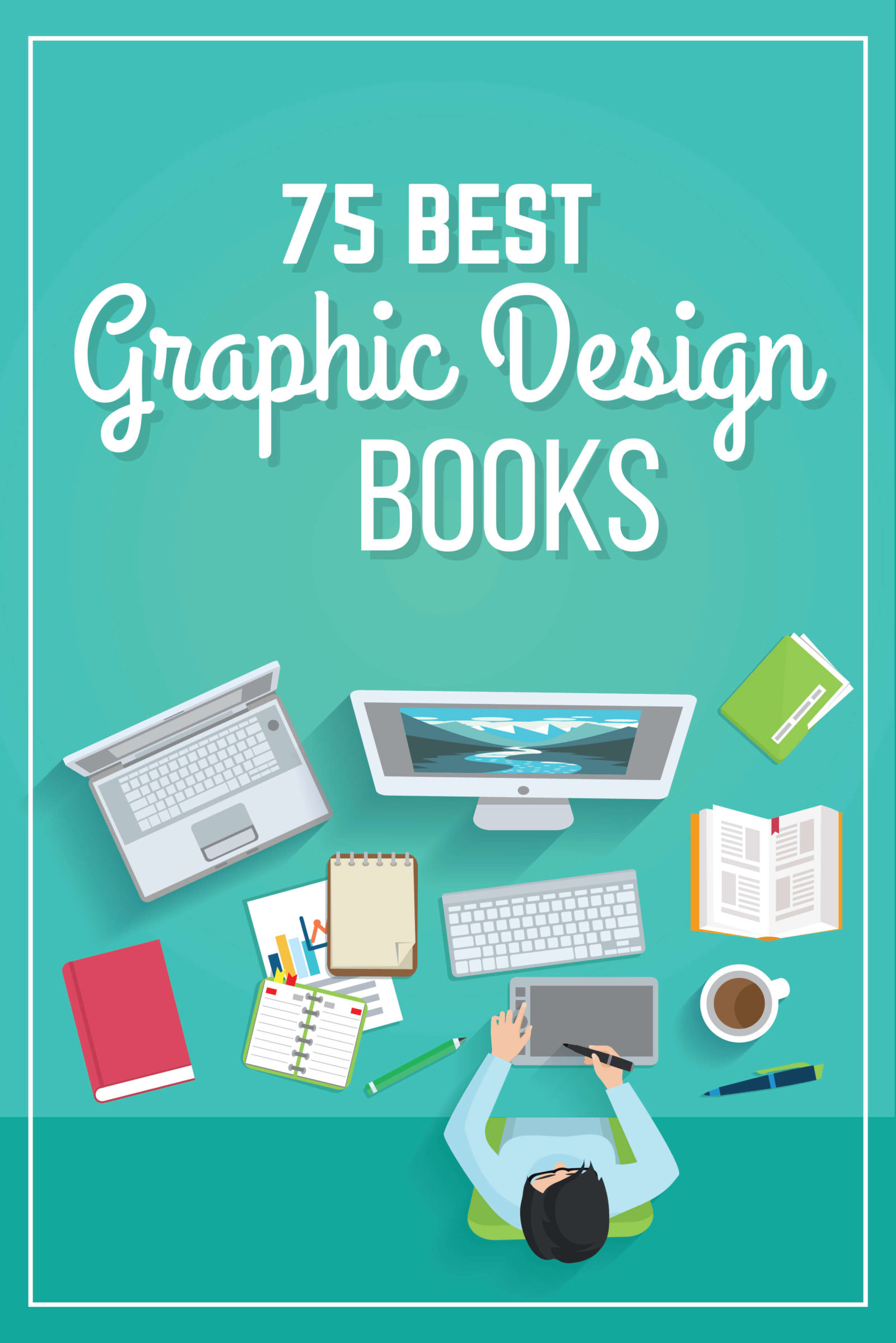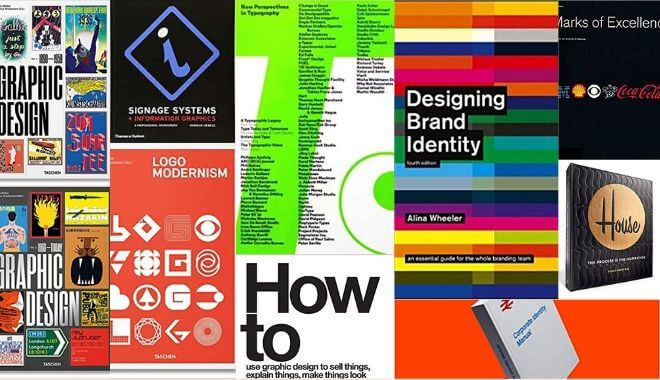Table Of Content
- essential books every graphic designer should read
- The Brand Archetypes Course
- Logo Modernism An unprecedented catalogue of modern trademarks by Jens Müller
- – Just My Type by Simon Garfield
- What Makes Great Typography?
- Written by Shiva Padival
- Must-Read Graphic Design Books that will Shape Your Career
- Creative Confidence: Unleashing the Creative Potential Within Us All by Tom & David Kelley

Our UX designer, Jolanta Gil, opens this list with this seminal work by Swiss typeface pioneer Adrian Frutiger. The book delves deep into the relationship between symbols and psychology, providing fascinating theories on why certain shapes and patterns have endured in the human mind throughout history. A great book to dip into for any designer or design fan, 100 Ideas That Changed Design is exactly what the title implies. Comprising ideas and trends emerging from the 19th century up until the present day, it’s a great all-round resource for bite-sized nuggets of inspiration. Designing a company logo that’s both simple and iconic is harder than it looks. If you need inspiration, this book is an extensive archive of clean, crisp logos from the modernist period.

essential books every graphic designer should read
With more than 320 typefaces arranged in chronological order to help understand their evolution, the book deals with the history of each one, as well as the distinctive features that characterize each family. French designer Robert Massin dedicated over fifteen years to his extensive review examing the importance of typography, from pre-historic times until the 1960s. The Laws of Simplicity offers 10 laws for balancing simplicity and complexity in product design. The title teaches you how to tone things down and only introduce things that are vital and not just because you can.
The Brand Archetypes Course
In addition though, you need to communicate effectively with the ultimate audience who they gatekeepers want to reach, right? We designers often hear things from our audience such as ‘I don’t like the colour yellow’. With this book I’m able to tell the client, very objectively, well, this is how the colour yellow solves your specific communication problem. Unlike any design book we've seen to date, Extra Bold is a practical and informative career handbook for designers that's part-textbook and part-comic book, part-zine, part-manifesto, and part-self help manual. The huge volume of information, books, and articles written about design can make it hard to know where to start reading.
Logo Modernism An unprecedented catalogue of modern trademarks by Jens Müller
No matter how long we work as graphic designers, we still have to learn from experts who made tutorials and guidelines to serve as our reference. It’s what helps create leaders and visionaries, and what allows designers to excel cross-departmentally and not just when you’re sitting in front of PhotoShop. If you hadn’t heard of Debbie Millman before, you’ll get to know all about her in this book.
– Just My Type by Simon Garfield
The best design books of 2022 - Fast Company
The best design books of 2022.
Posted: Tue, 22 Nov 2022 08:00:00 GMT [source]
I always appreciated that playfulness of his and I interpret it almost as a humanism, a sense of love and respect for his audience. His best work has great aesthetic qualities, but he makes sure that we all know exactly what it’s for. But in the 2010s and 2020s, corporate design has diversified enormously as the startup scene explodes around the world. In this 2015 book, Robert Klanten shares some of the best work by creative agencies for startup founders, from a beauty parlour in Singapore to a whisky distillery in Finland. Nowadays, more and more designers are drawing their own type, for use in a range of disciplines such as packaging, editorial, posters, advertising, online graphics, and signage. If you fancy getting on board with the hand-made aesthetic, this book walks you through the steps to drawing serifs, san serifs and scripts, etc, with ample space on the pages to mimic and draw your own typefaces.
What NOT to get a graphic designer for Christmas - Creative Bloq
What NOT to get a graphic designer for Christmas.
Posted: Tue, 19 Dec 2023 08:00:00 GMT [source]
It seems almost like a kind of an unspoken universal language that we all share, even if colours can have different significations at different times in different cultures. As a concept, the use of white in design tends to attract different approaches that (at times) can be contradictory. For some it represents a void to be filled, while for others it's a way of evoking simplicity or subtlety. Creative Bloq is part of Future plc, an international media group and leading digital publisher. Why you can trust Creative Bloq Our expert reviewers spend hours testing and comparing products and services so you can choose the best for you.
Written by Shiva Padival

The text is small and force justified and the chapter title pages are difficult to read since they use small blue text on a dark grey background. This one is at the top of this list of the best graphic design books for a reason. It’s the type of book every designer should read immediately before entering the industry as a professional designer. After over a decade in the industry, everything Michael Janda writes here is so accurate and I wish this book existed when I started my career. Roger Remington’s Logo Modernism is a visually stunning and intellectually engaging exploration of modernist aesthetics in the realm of logo design. This expansive book is packed with iconic logos, showcasing the simplicity, functionality, and timelessness of modernist design principles.
Must-Read Graphic Design Books that will Shape Your Career
This is worth a read if you want to understand how powerful fonts can be in design — particularly for conveying your message. If you’re a non-designer or a total novice, this book will show you the fundamental principles you need to design successfully. One last thing you can do is check out reviews and see what others think of a book.
This is a great read if you’re looking to learn more about the fundamentals of design through easy-to-understand writing and plenty of examples from acclaimed designers. “How to” offers amazing insights into design and the creative process; it is worth a read for those who want to see some of Bierut’s most noteworthy projects and behind-the-scenes. A graphic designer’s life is a busy one, we know, but you’ve still got to make time for yourself. It doesn’t matter whether you’re a novice graphic designer or a seasoned expert—you should continuously be seeking to learn, grow, and expand your horizons. If you’re at all unfamiliar or uneasy with the brand identity process you need this book.
It refocuses design learning on a critical, rigorous examination of form foundations informed by modern media, theory, and software systems. Ellen Lupton and Jennifer Cole Phillips revised and updated a book edition which explains the key concepts of visual language that inform any work of design. You can learn where to start when designing a project, and how to get (and stay) out of trouble. Throughout your career as a designer, books are a crucial way to learn and improve as a designer. Get more bang for your buck by reading around a topic, rather than jumping to and from subjects.
A Dictionary of Color Combinations was originally published in the 1930s by Sanzo Wada, a Japanese artist, teacher, costume and kimono designer. Wada’s work blended traditional and Western colour combinations, laying the way for contemporary colour research. CAPS LOCK unpicks how graphic design and capitalism are inextricably linked. Through case studies, it shows how designed objects relate to capitalism and explores radical design initiatives which oppose capitalise thought. Fonts can create trust, mistrust, give you confidence, make things seem easier or even taste better.
They provide a logical, consistent, and visually coherent model to help you create well-structured and balanced visuals. 100 Things Every Designer Needs to Know About People gives you valuable insights into understanding your audience and consumers. Full of research and examples, this title poses thought provoking questions which helps readers answer and address their product design issues. Beginners will love Product Design and its comprehensive introduction to the field of product design. It details all stages of the creation process of a new product and provides an overview of design ideologies and techniques. Interviews, visuals and examples make this book look even more interesting.
It features offer documents, contracts and all sorts of pragmatic elements that you might need as a small business owner to engage with your client, with your own contractors and vendors. We break out the different graphic arts, give an overview of the sector and discuss the state of the industry right now, including commercial considerations like market conditions. In this 16th edition we just added a new section where we talk very discreetly about running a business and how to maximise your income, and how to take care of your business. Finally, another thing that the Guild is very concerned with are issues of copyright, for illustrators especially. There’s a lot of information provided on retention of rights and licensing and related information, which may be specific to certain areas of the graphic arts, but definitely very important.
The book is supplemented with numerous suggestions and tips produced by the author’s personal experience, giving assistance even to professionals. Examine the most successful designs as well as the background of each, get rich with notions and ideas, and proceed with the first attempts in your software that enables any designer to create typefaces. The most comprehensive work explains the fundamentals of brand, the creative process, and examines the real cases. With such thorough definitions, a solitary specialist or a team of professionals will become capable of swiftly and successfully going through the five-stage process of developing and implementing an entire brand.

No comments:
Post a Comment